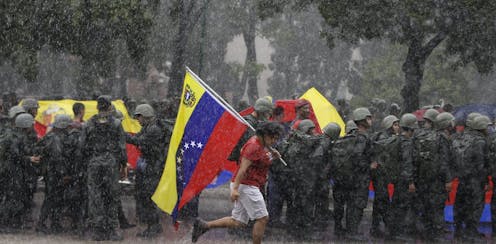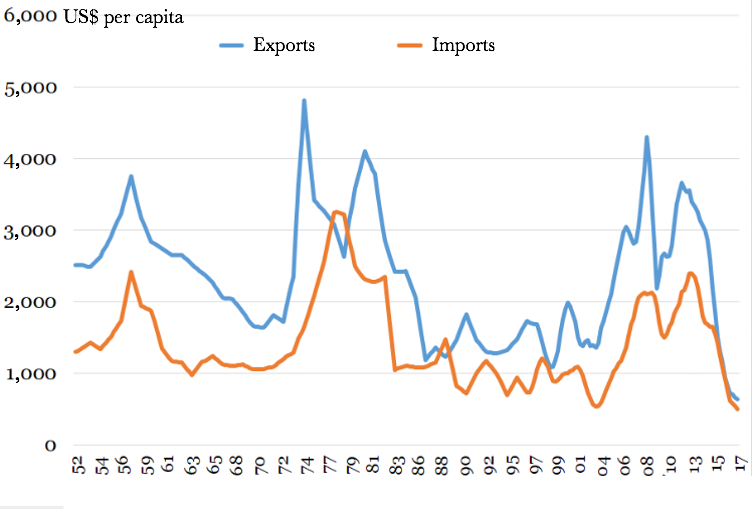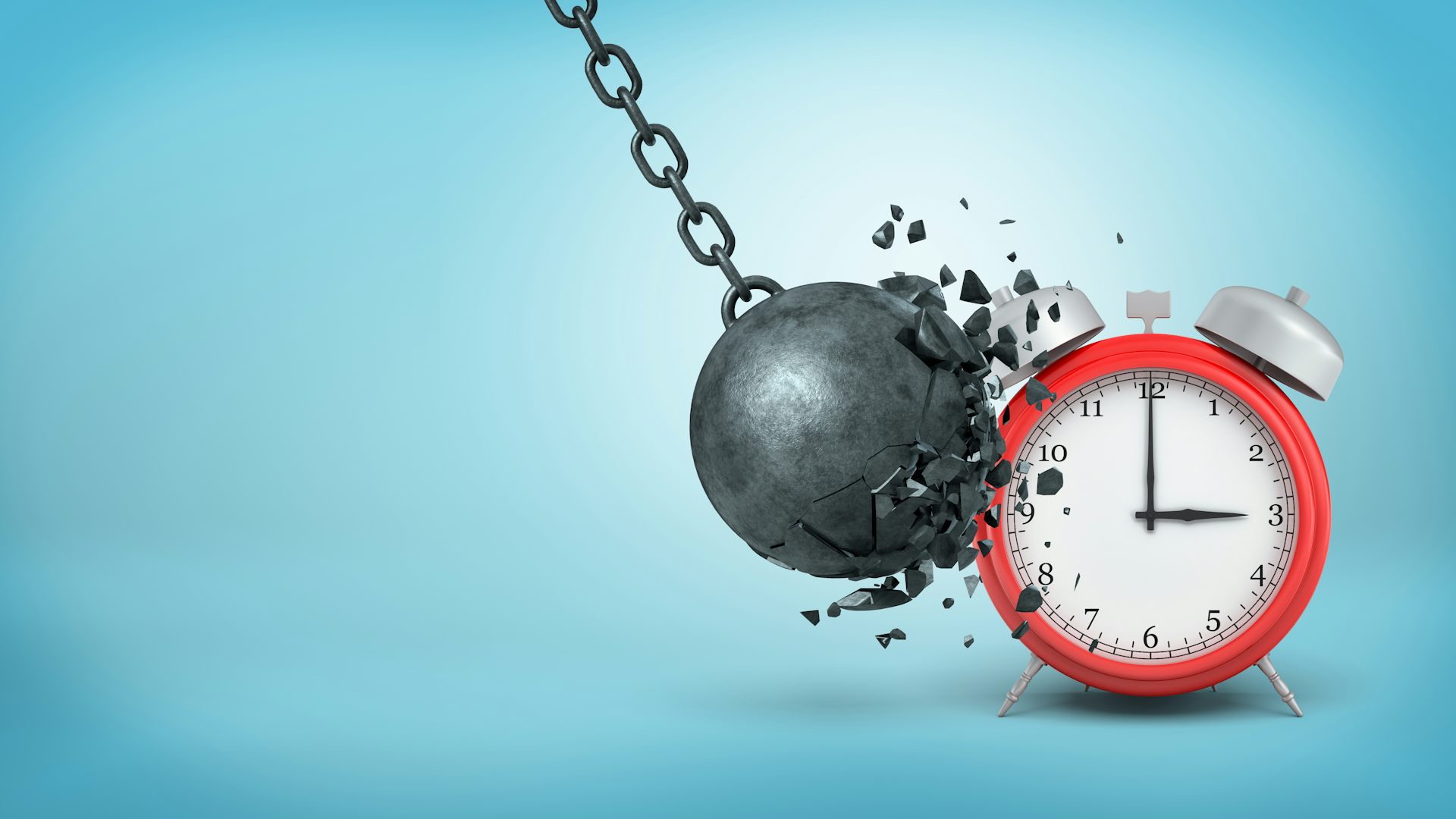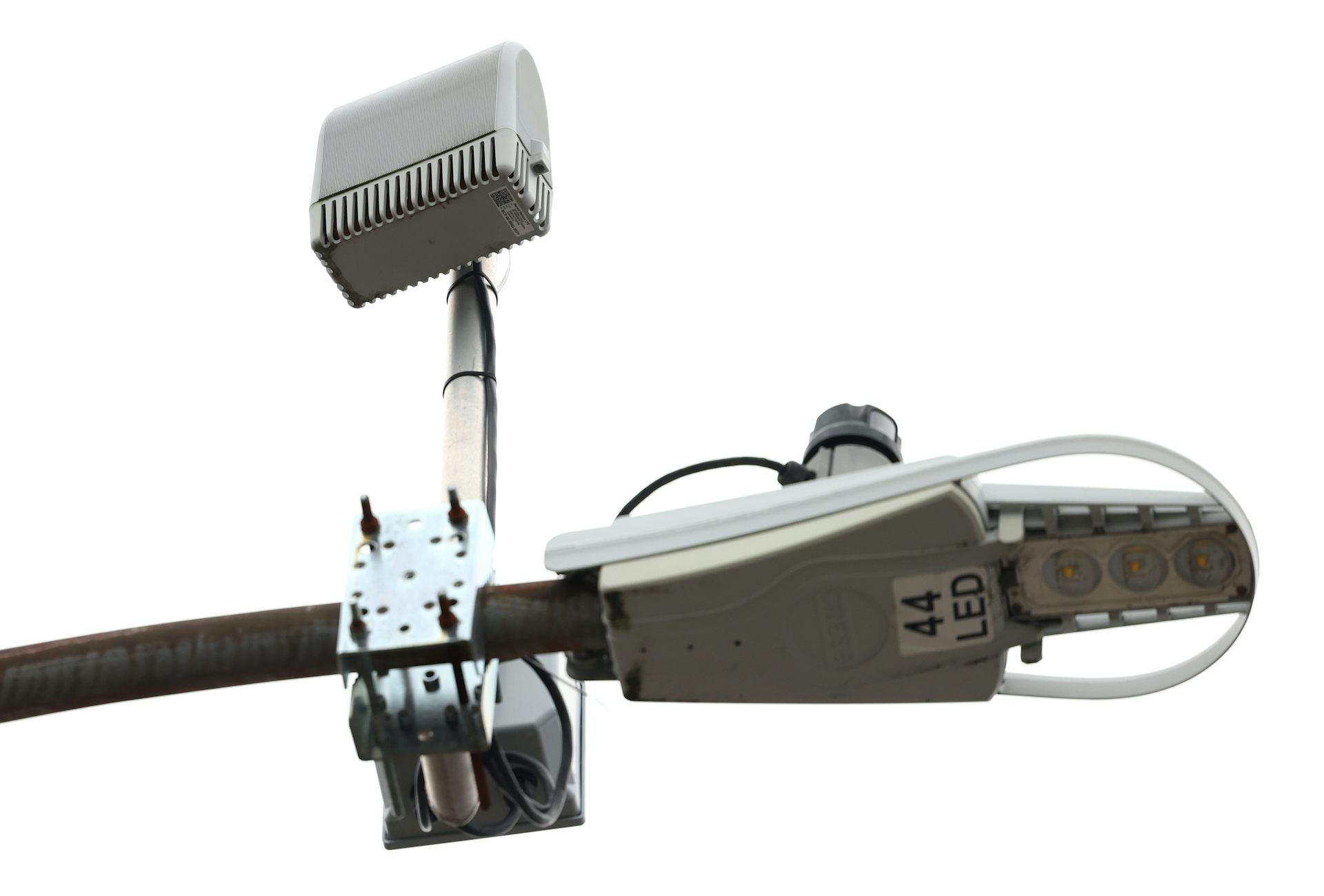Inside Venezuela's crisis: 8 essential reads
Venezuelan scholars explain the economic, political and humanitarian crisis that has brought a South American nation to its knees.

Since December 2014, a recession turned national emergency has left millions of Venezuelans impoverished, hungry and desperate. An estimated 54 percent of Venezuelan children are now malnourished.
As an editor on the Americas desk, this year I’ve asked numerous Venezuelan scholars to help readers understand the many different dimensions of this devolving situation. Here, their insights on Venezuela’s crisis.
1. Venezuela is running out of cash
To understand how a country that was once South America’s richest can no longer feed its citizens, just follow the oil, advises Venezuelan economist Henkel García U.
“In 1998, the year before the late Hugo Chávez came into power, Venezuela was rich,” he notes. “It produced roughly 60 barrels of oil per inhabitant per year.”
Chávez – a populist who promised to lift millions out of poverty – took advantage of relatively high international oil prices to spend lavishly, funding social programs and importing basic goods like food and medicine.
But after Chávez’s 2003 state takeover of Petróleos de Venezuela, then Latin America’s biggest oil producer, oil production steadily decreased, even as government expenditures stayed high.
Over time, the imbalance between income and outlay would upend Venezuela’s entire economy.

2. It has an unpayable national debt
Rather than balance the budget by cutting expenditures and imports, however, the Chávez regime just piled up foreign debt, says García U. Between 2005 and 2006, Venezuela’s foreign debt jumped from US$25 billion to $120 billion.
Then, in late 2014, international oil prices plunged. The country, by then led by Chávez’s uncharismatic successor, Nicolás Maduro, entered recession. Today, estimates of Venezuela’s public sector debt put it at $184.5 billion.
Domestic oil production has also declined, dropping 66 percent between 1998 and 2017, according to Garciá U’s analyses.
Selling less oil at lower prices has sapped government coffers. Imports of basic necessities like food and medicine have dropped to historic lows, meaning many grocery store and pharmacy shelves are empty.
Meanwhile, hyperinflation – which is anticipated to reach 2,700 percent by the end of this year – has left most Venezuelans unable to purchase what products are available. Treatable infections routinely kill Venezuelans who can’t get antibiotics, and children are now dying of hunger
In November, Venezuela defaulted on some of its national debt.
3. Thousands have fled hunger and violence
To escape this crisis, many Venezuelans have sought refuge abroad, says Emilio Osorio Alvarez, a migration scholar at the Central University of Venezuela.
In 2016, over 14,700 Venezuelans requested asylum in the United States, according to U.S. government data – a 150 percent increase over 2015. For the first time ever, Venezuelan topped the list of asylum-seekers, above Mexicans, El Salvadorans or Guatemalans.
Those who can credibly claim they are fleeing political persecution at home stand a strong chance of getting in, says Osorio. President Maduro has cracked down hard on dissent. At least 124 people were killed during protests against the regime in 2017, and human rights groups estimate that there are some 600 political prisoners in Venezuela.
Hunger and poverty, on the other hand, are not themselves grounds for asylum under international law.
4. Protests became ‘a low-grade war’
Among those who remain in Venezuela, millions organized earlier this year to fight for their country’s future. From March to July, hundreds of thousands of citizens marched daily in major cities across the country.
Under government orders, soldiers and police officers responded with force.
“Each day, acting spontaneously and with no clear leadership, fighting factions in cities across Venezuela…block streets…penetrate university campuses and crush their opponents,” reported Venezuelan political analyst Miguel Angel Latouche back in July.
Describing scenes of masked young demonstrators doing battle with state forces, Latouche said his home city of Caracas was living out “a low-grade war.”
“What else can you call a country in which…citizens routinely swallow tear gas?,” he asked. Latouche and his family have now left Venezuela – temporarily, they hope.
6. The once-powerful opposition has all but collapsed
For months, those huge daily marches seemed to be shifting the balance of power between the Maduro government and the resistance. But by October, the opposition – an alliance of numerous parties that began working together in 2008 to counterbalance Hugo Chávez’s regime – had been all but crushed.
Despite the opposition’s 75 percent approval rating, on Oct. 15 its candidates lost 17 of 23 governors races to candidates from Maduro’s Socialist Party. This stunning defeat showed that participating in the gubernatorial elections had been a critical strategic misstep, says Prof. Marcos Moreno-Aponte of St. Mary’s College California.
Many analysts expected the opposition to boycott them, Moreno-Aponte says. Domestic and international observers, including the U.S. State Department, believed that the regime’s control over electoral agencies would “make free and fair elections impossible.”
The opposition emerged from its loss on Oct. 15 profoundly divided, disheartened and quite possibly defeated.
7. Elections are fake
Maduro’s triumph in October was a blow to democracy, but not a surprising one, reckons political analyst Benigno Alarcón of the Andres Bello Catholic University, in Caracas.
The regime spent months – during which it refused to hold any elections– preparing a strategy for winning at the polls, he says. Maduro’s success on Oct. 15 derived from two carefully deployed tactics, says Alarcón: “Suppressing turnout among opposition voters and using pork-barrel incentives to motivate his own base.”
Dirty tricks included keeping candidates who’d withdrawn from the governor’s race on the ballot and relocating voting centers in opposition-dominated areas into high-crime neighborhoods.
Government operatives also spread fake news about supposedly successful negotiations with opposition parties, stoking doubt among the many Venezuelans who oppose engagement with Maduro’s authoritarian regime.
“In other words,” assesses Alarcón, Maduro’s electoral strategy was “less about winning democratic legitimacy” than about “ensuring that his opponents los[t] it.”
8. Hope for regime change is dimming
Maduro reprised that winning strategy in the country’s mayoral elections in December, which were boycotted by the opposition.
The fact that Socialist Party candidates won 300 of 339 mayoral races on Dec. 10 thus shouldn’t be misinterpreted as voter support for Maduro’s regime, Alarcón cautions. Maduro’s approval ratings are still about 20 percent.
“The vast majority of Venezuelans want a change in government,” he says, adding that Maduro also faces opposition within his own Socialist Party.
Still, hope for regime change is dimming. In addition to using dirty tricks, Maduro has effectively been buying votes, handing out benefits like food and medicine in exchange for loyalty to the regime.
In late November, the president announced he would run for reelection in 2018. It’s unclear who can stop him.
Read These Next
Miami’s new mayor faces a housing affordability crisis, city charter reform and a shrinking budget
Eileen Higgins won a hard-fought election to become Miami’s new mayor. Now for the hard part – governing…
Rest is essential during the holidays, but it may mean getting active, not crashing on the couch
Unwinding can be hard during the holidays for many reasons. Building in time to recharge through active…
Resolve to stop punching the clock: Why you might be able to change when and how long you work
Thinking about what makes work worth doing and what you would do with your time if you weren’t spending…





